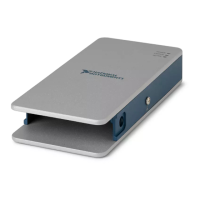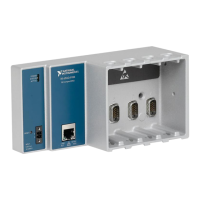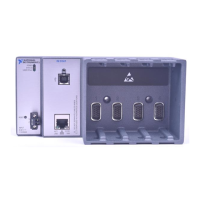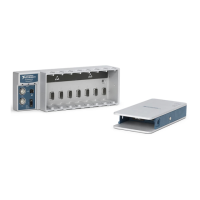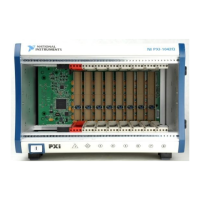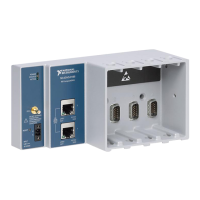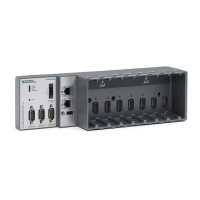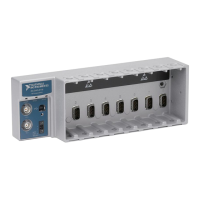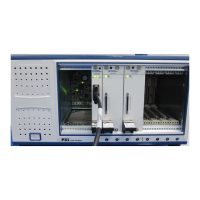5-14 | ni.com
Chapter 5 Counters
With sample clocked frequency measurements, ensure that the frequency to measure is twice as
fast as the sample clock to prevent a measurement overflow.
Choosing a Method for Measuring Frequency
The best method to measure frequency depends on several factors including the expected
frequency of the signal to measure, the desired accuracy, how many counters are available, and
how long the measurement can take. For all frequency measurement methods, assume the
following:
fx is the frequency to be measured if no error
fk is the known source or gate frequency
measurement time (T) is the time it takes to measure a single sample
Divide down (N) is the integer to divide down measured frequency, only used in
large range two counters
fs is the sample clock rate, only used in sample clocked frequency
measurements
Here is how these variables apply to each method, summarized in Table 5-2.
• One counter—With one counter measurements, a known timebase is used for the source
frequency (fk). The measurement time is the period of the frequency to be measured, or 1/fx.
• Two counter high frequency—With the two counter high frequency method, the
second counter provides a known measurement time. The gate frequency equals
1/measurement time.
• Two counter large range—The two counter larger range measurement is the same as a
one counter measurement, but now the user has an integer divide down of the signal. An
internal timebase is still used for the source frequency (fk), but the divide down means that
the measurement time is the period of the divided down signal, or N/fx where N is the divide
down.
• Sample clocked—For sample clocked frequency measurements, a known timebase is
counted for the source frequency (fk). The measurement time is the period of the sample
clock (fs).
Artisan Technology Group - Quality Instrumentation ... Guaranteed | (888) 88-SOURCE | www.artisantg.com
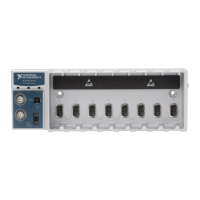
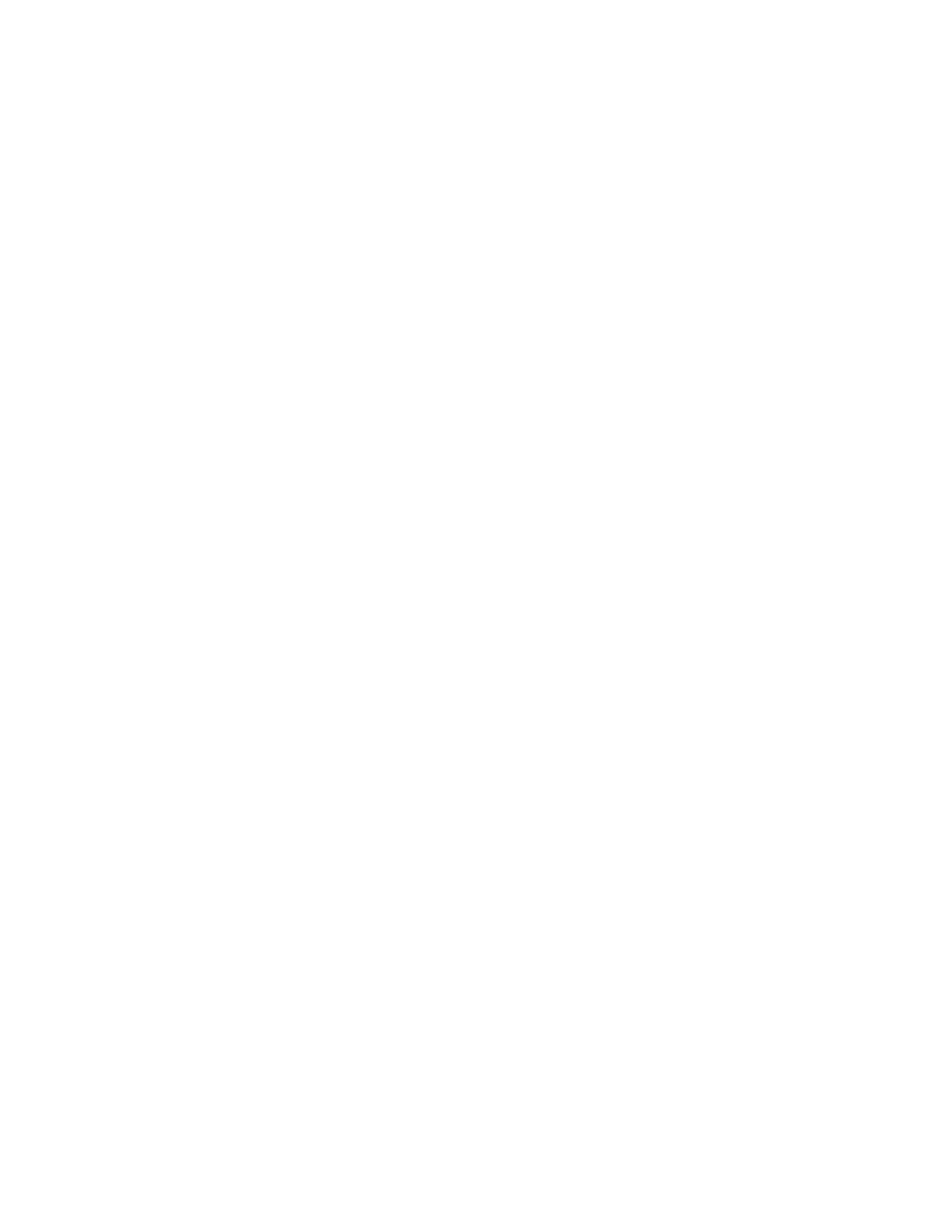